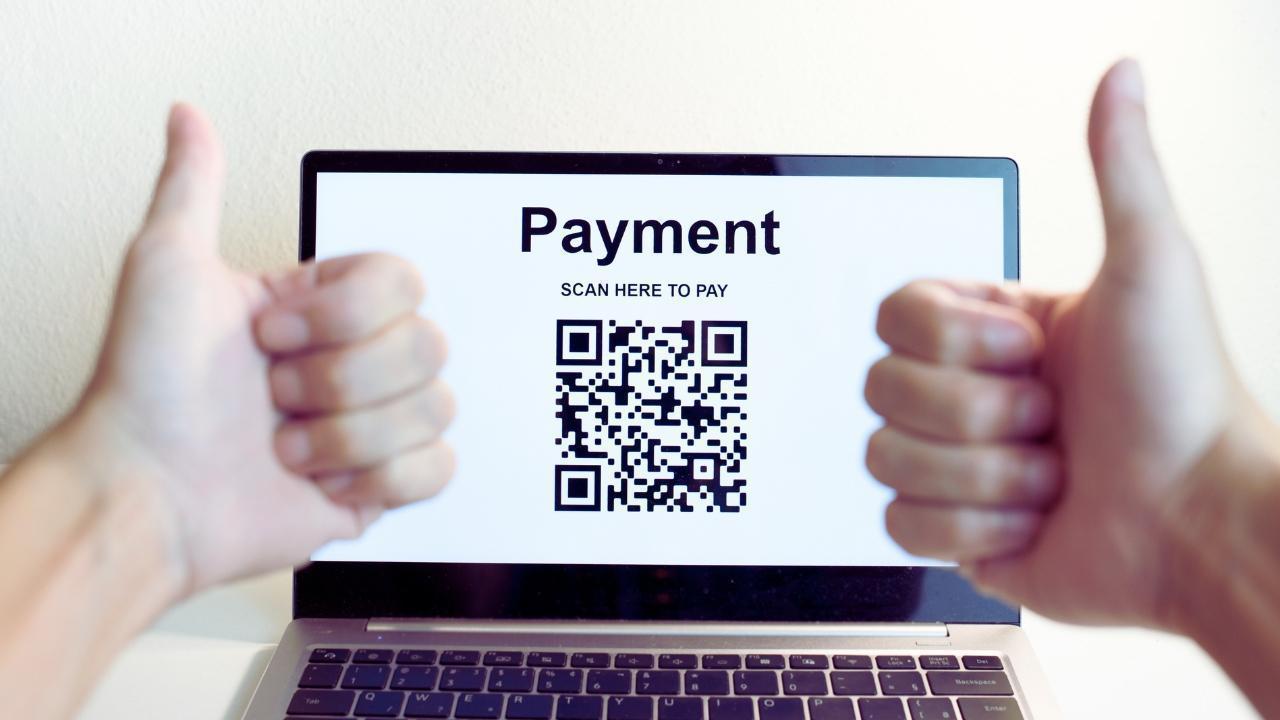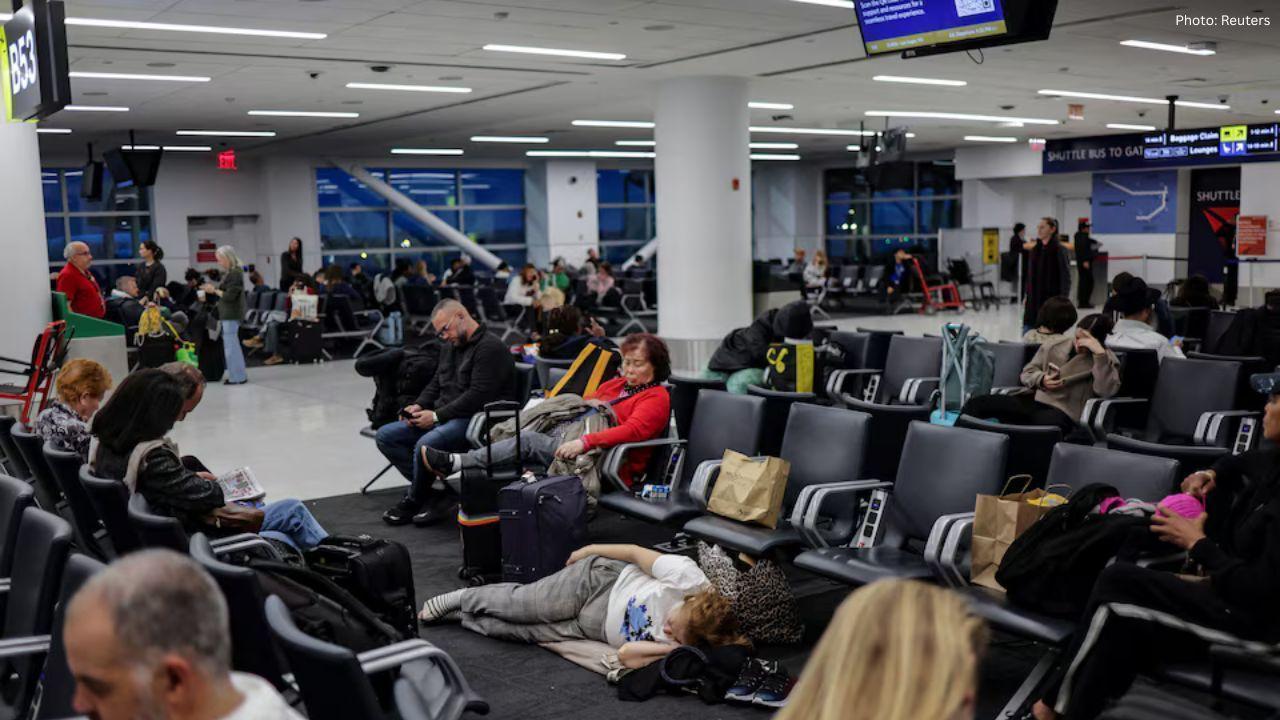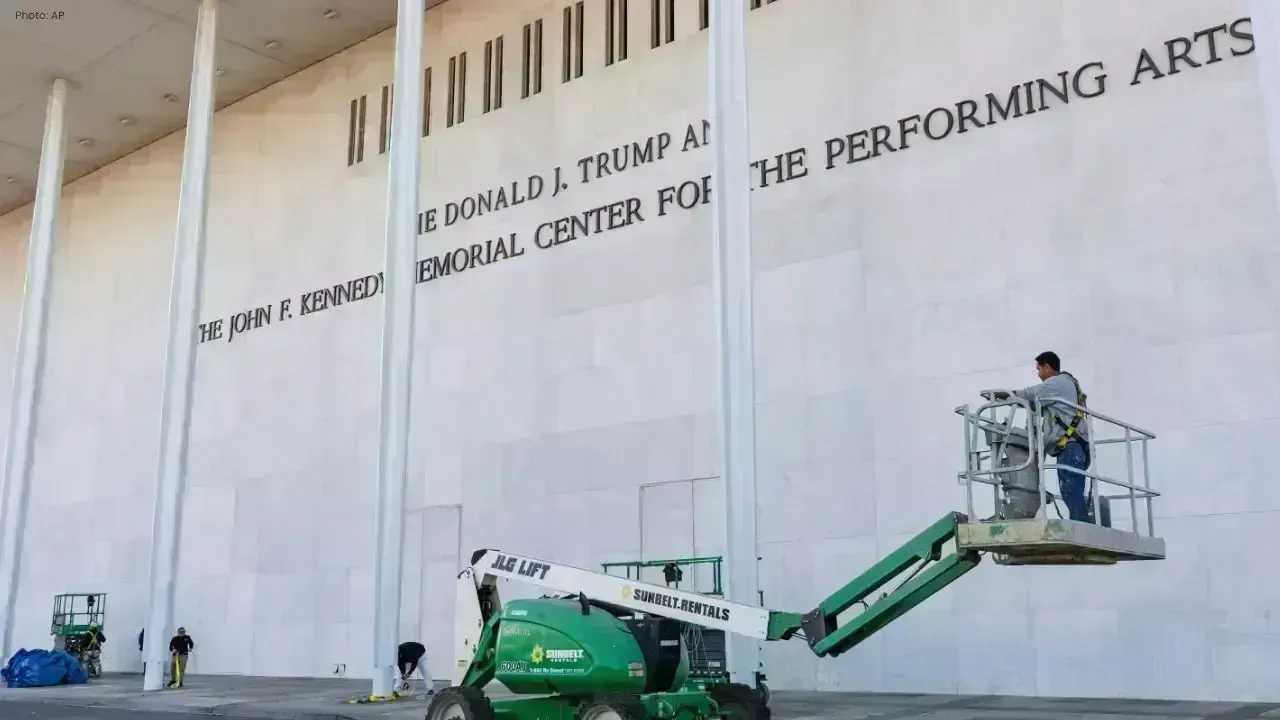You have not yet added any article to your bookmarks!

Join 10k+ people to get notified about new posts, news and tips.
Do not worry we don't spam!

Post by : Anis Farhan
Imagine waking up in a city where you don’t carry a wallet—just your smartphone. No coins jingling in your pocket, no queuing up at ATMs, no counting bills at the supermarket. In this new normal, every transaction—whether it's buying street food, paying for a train ride, or tipping your barber—is done with a tap, scan, or swipe.
This isn’t a scene from the future. It’s the current reality for cities like Singapore, Seoul, and increasingly, Kuala Lumpur and Bangkok. As Southeast Asia leapfrogs into digital finance, going cashless isn’t just a financial shift—it’s changing how people work, shop, eat, and even think.
What does a day in a fully cashless city actually look like? More importantly, what does it mean for the people who live there?
The shift begins at the most basic level—your morning coffee run. Instead of fumbling for change, you order from your favorite café using a mobile loyalty app. Your payment is linked to your digital wallet, and your rewards points are automatically added.
Next, you hop on public transport. In Singapore and Bangkok, the days of topping up fare cards are fading. Many commuters now tap in with their phones, thanks to integrated transit payment systems. There’s no stress over exact change or balance left on a card—everything is automated.
Even street food hawkers in Kuala Lumpur now accept QR payments through platforms like Touch 'n Go, GrabPay, or DuitNow. Many customers—even older adults—prefer scanning a code over handling cash.
Once you reach the office, cashless culture continues. Vending machines are digital. Office cafeterias accept e-wallets. Some companies now pay travel allowances and lunch reimbursements directly through corporate-linked payment apps.
In places like Jakarta, young professionals even share their “e-pay tags” during team lunches or carpool rides. Splitting bills has never been easier: scan a code, select the amount, done.
Meetings with vendors or freelancers? Payment is sent instantly via a verified wallet—no need to chase bank transfers or issue paper invoices.
Whether it’s shopping for groceries, buying makeup, or visiting a bookstore, retail experiences in cashless cities have changed dramatically. Self-checkout kiosks are common, and QR codes sit next to almost every product. You browse, scan, pay, and leave—no queues, no small talk.
Some malls now use facial recognition or NFC tags for payments. Your face or fingerprint acts as a wallet. Walk-in, grab what you want, and walk out. The receipt gets emailed or pinged through an app.
This system is also making shopping more inclusive. For instance, some stores allow voice-activated payment options for those with mobility issues or visual impairments, all enabled by AI integrated with e-wallets.
In cities like Manila, Ho Chi Minh, and Penang, even small food stalls and night markets are increasingly going cashless. QR codes are printed on laminated sheets, sometimes even handwritten on cardboard signs, taped beside sizzling woks or fresh coconuts.
Customers don’t haggle over prices—they scan, pay, and show a “payment successful” screen. Some vendors offer digital loyalty stamps or cashback offers, encouraging repeat visits without printing a single receipt.
Street performers and buskers have caught on too. They display mobile payment tags for tips. Instead of tossing coins into a hat, passersby just scan and send 20 pesos or 5 ringgit with a smile.
Dinner reservations are made via app. The restaurant sends a confirmation with a built-in payment link. No need to wait for a server to bring the bill—just pay from your phone and walk out.
Cinemas, fitness classes, karaoke bars—all operate on digital platforms. Even valet parking is app-linked. In some cities, you can unlock rental scooters, bikes, or e-cars with facial ID and complete payment only after you're done using them.
At home, deliveries arrive paid in advance. Some housing societies use cashless systems for monthly maintenance fees, electricity bills, and even tips for building staff.
As cities become increasingly cashless, ATM kiosks are vanishing. In Singapore, banks have started consolidating ATM networks and reducing the number of physical bank branches. In Kuala Lumpur, ATM visits dropped by more than 50% between 2019 and 2024, according to Bank Negara data.
Coins are now mostly viewed as relics—useful only at vending machines (some of which are also going fully contactless). Many kids in urban households grow up not knowing how to count change, because they’ve never needed to.
The psychological impact is subtle but significant: money becomes invisible. You don’t feel the pinch of handing over a note—you just tap and go.
While the convenience is undeniable, a fully cashless society comes with its own challenges—especially for those who are digitally excluded.
Elderly citizens, low-income communities, migrant workers, and small-time rural traders often struggle to adapt. Some don’t own smartphones. Others are wary of scams or data breaches. And not everyone is comfortable trusting an invisible wallet they can’t physically count.
Governments are attempting to bridge this gap. In Thailand, the state has rolled out “Digital Financial Literacy” programs. Malaysia offers QR code kits and simplified e-wallet apps for hawkers and seniors. Indonesia is integrating digital payments into national ID systems to boost inclusion.
Still, the digital divide is real—and one that must be actively addressed if the cashless dream is to become reality for all.
Another concern in a cashless world is privacy. Every transaction leaves a trail. Every purchase becomes a data point. While this offers advantages—like fraud tracking and personalized service—it also raises questions about surveillance and consumer control.
Financial behavior is now easily mapped by governments and corporations. This has led to debates about whether cashless equals freedom—or the exact opposite.
To counter this, some countries are exploring central bank digital currencies (CBDCs) that ensure data security while maintaining transparency. Others are regulating fintech platforms more strictly to protect user rights.
While cities like Singapore, Kuala Lumpur, and Bangkok are at the forefront, rural areas and older communities in Southeast Asia still rely heavily on cash. The transition is slower in provinces with poor internet access or banking infrastructure.
However, as mobile connectivity deepens and smartphone adoption becomes universal, the momentum is clearly shifting. Governments, startups, and citizens alike are pushing toward a system that is faster, safer, and more traceable.
In the near future, it’s likely that cashless cities will become the norm, not the exception. And what was once a novelty—scanning your coffee order, tipping with an app, unlocking your hotel room with a code—will just be part of how life works.
Going fully cashless isn't only about money. It's about how people interact, behave, and belong in urban ecosystems. It's about how trust is built, how power is distributed, and how economies evolve.
And while the shift may seem silent and seamless, its impact on human behavior, social equity, and urban design is just beginning to unfold.
One tap at a time, a new era of living is taking shape—and for better or worse, there's no turning back.
This article is intended for informational and editorial purposes only. Readers are encouraged to consider regional variations and consult with financial experts for personal or business decisions related to digital payment systems.










Akshaye Khanna exits Drishyam 3; Jaideep Ahlawat steps in fast
Producer confirms Jaideep Ahlawat replaces Akshaye Khanna in Drishyam 3 after actor’s sudden exit ov

Kapil Sharma’s Kis Kisko Pyaar Karoon 2 to Re-release in January 2026
After limited screens affected its run, Kapil Sharma’s comedy film Kis Kisko Pyaar Karoon 2 will ret

Hrithik Roshan and Saba Azad Celebrate Christmas at Family Party
Hrithik Roshan and Saba Azad celebrated Christmas at Sussanne Khan’s party, sharing happy moments wi

China Sanctions 20 US Defense Firms Over Taiwan Arms Sales Dispute
China imposes sanctions on 20 US defense companies and 10 executives for supplying arms to Taiwan, e

Salman Khan’s Grand 60th Birthday Bash at Panvel Farmhouse Shines Bright
Salman Khan celebrates his 60th birthday with a grand party at Panvel farmhouse, sharing joyful mome

Thailand Defence Minister Joins Talks to End Deadly Border Clash
Thailand’s defence chief will join talks with Cambodia as border clashes stretch into a third week,